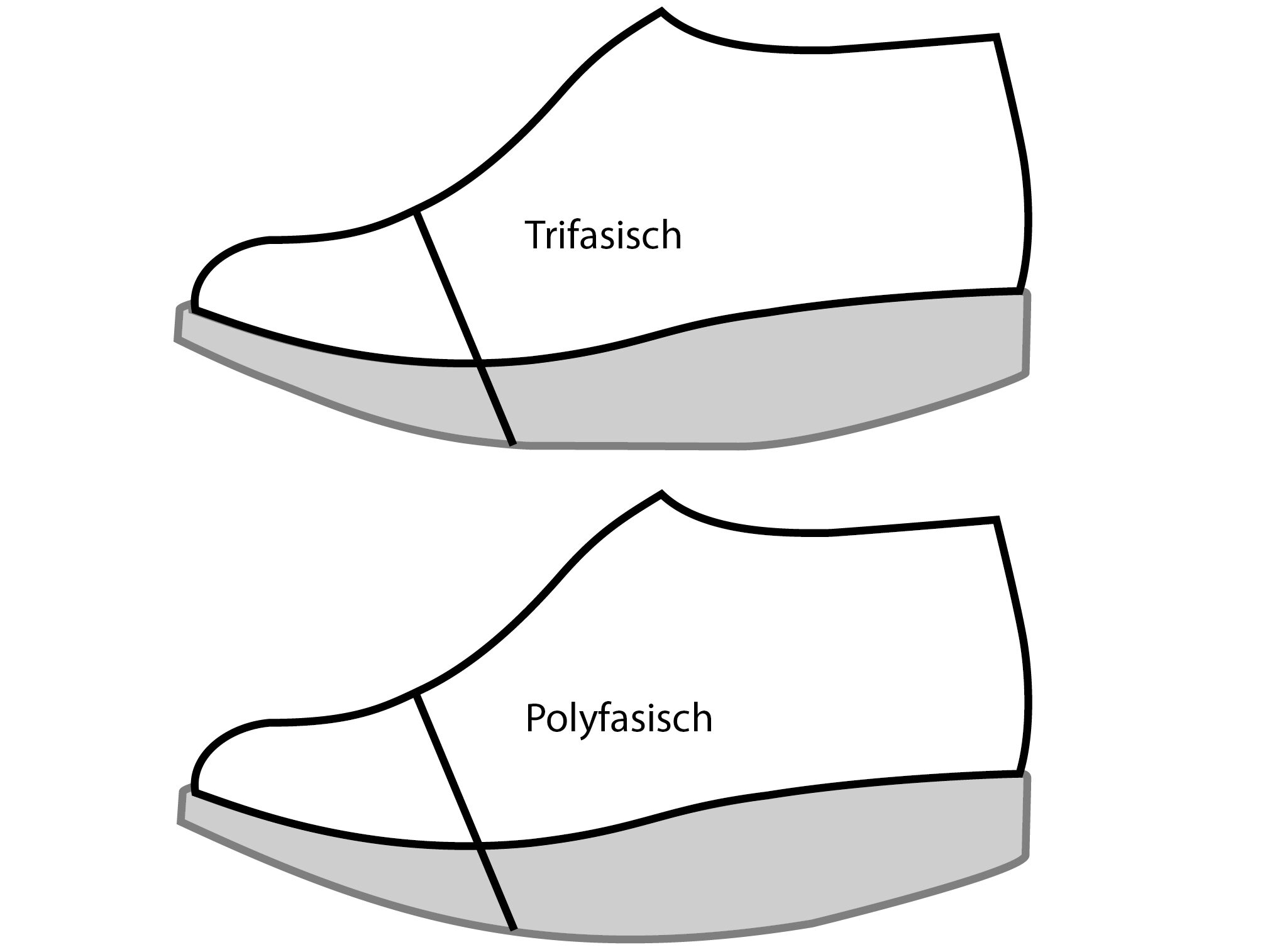SHOE TECHNOLOGY
Pronation compensation

Anneleen Van Hecke, shoe technologist and podiatrist
25 August 2021
When we walk, our foot makes rolling movements. The foot bends and the shoe bends with it. Bending the foot can be painful for a variety of reasons and the natural rolling movement is disturbed. Modifications to the shoe can help compensate for over-pronation.
A restricted ankle joint can result in pain in the foot and in the lower leg, knee, upper leg, hip and back.
Shoe technicians can modify the shoe so that it has a rounded sole. This means that the foot can roll without the foot having to bend, which means that the shoe can roll in one go. From the first heel contact to the push-off phase, the pronation of the foot is smooth and painless. A number of foot joints are then immobilised as much as possible.
Because the heel is slightly rounder, heel contact is softer and there is also reduced force on the calf muscles. This smooth rolling movement is ideal for people suffering from arthritis in the ankle and metatarsals, but also for people with heel pain.
But often it is decided to put a stabilisation moment in the mid stance phase in contrast to the MBT shoe. Here the roll-off is non-stop, which means there is no stability phase and a continuous muscular action is required.
With forefoot pronation the painful movements in the toe joints are also limited. A good pronation compensation is a stiff sole that does not bend easily.
Note: a polyphasic roll does require an adaptation for the patient.

Bending the foot can be painful for a variety of reasons and the natural rolling movement is disturbed.
KNOWLEDGE AND EXPERTISE PLATFORM
House of Feet’s professional team is ready to assist and provide advice.
Stay informed about our latest developments in shoe technology by e-mail.



